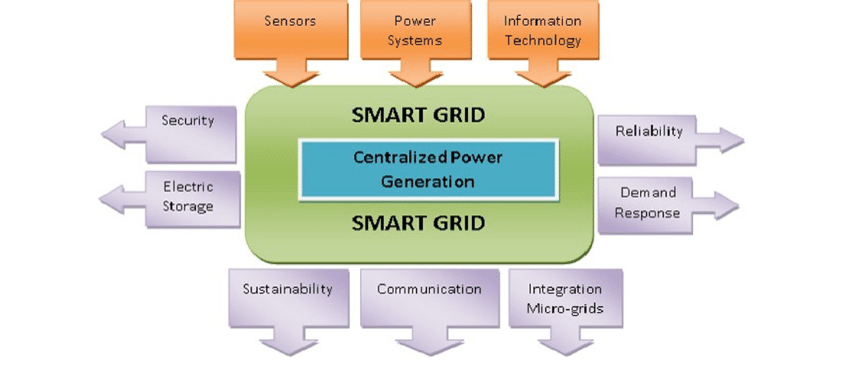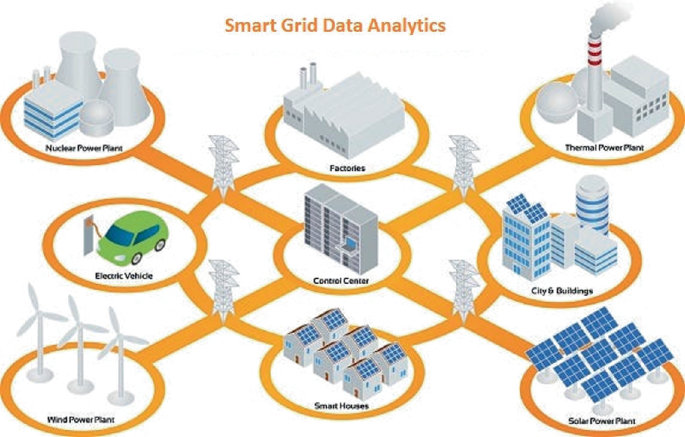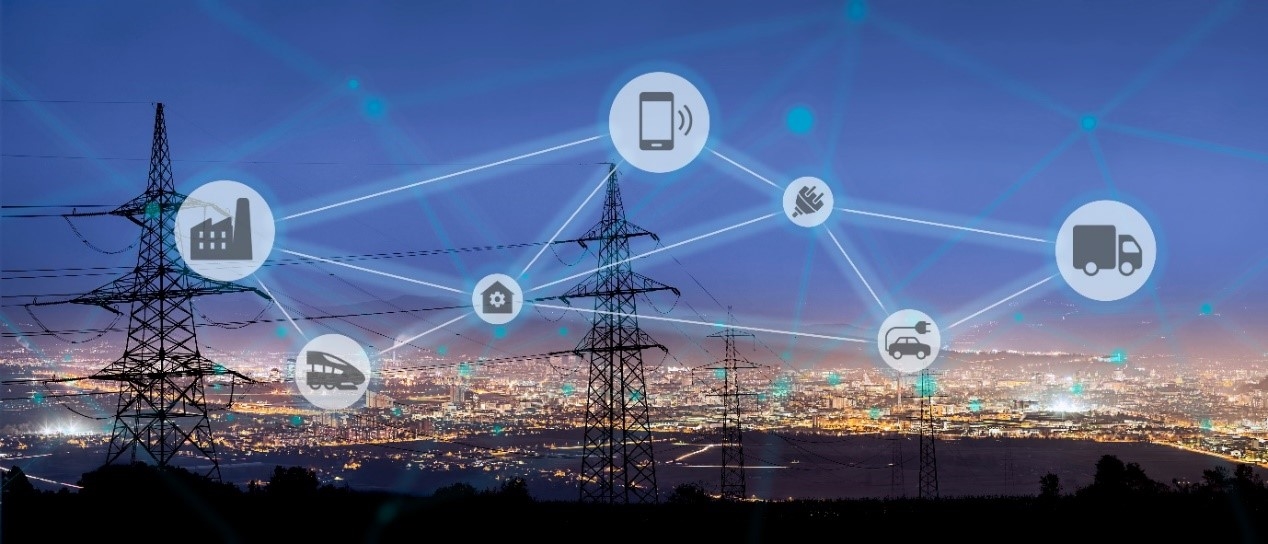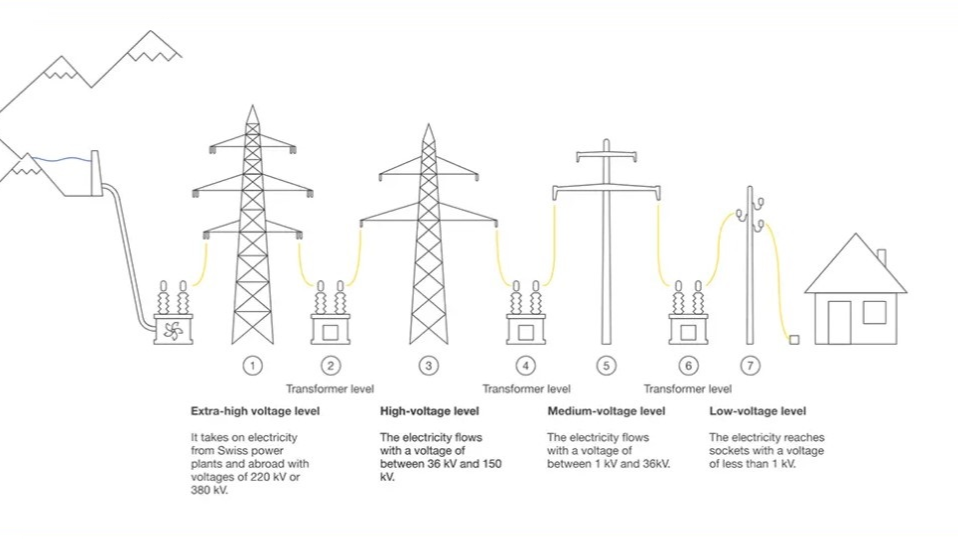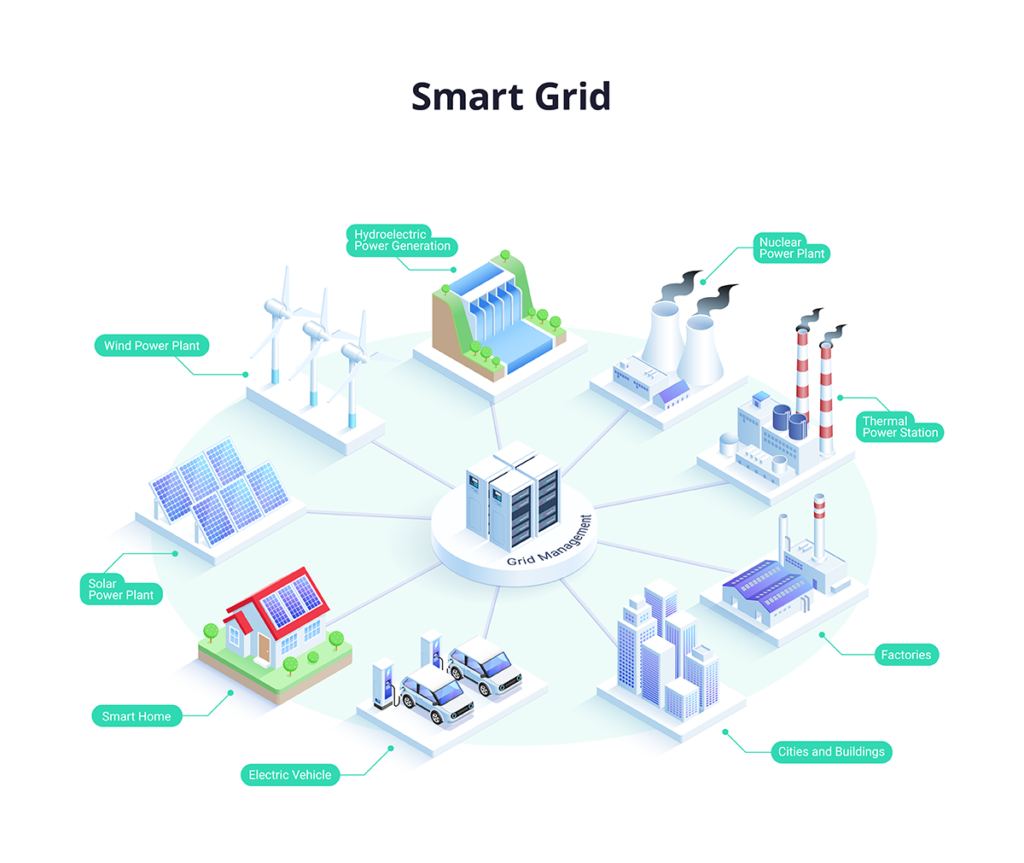As unmanned substations managed by regional power utilities increase, conventional dispatch automation systems must handle another type of information: internal substation processes. Although these are not directly related to grid operation, they must still be reported to the dispatch center and delivered to operators via the SCADA system. Consequently, dispatchers must, in addition to monitoring grid parameters, take on the responsibilities previously handled by on-site station personnel for monitoring substation equipment status. This increases the workload for dispatchers and may lead to information confusion and operational errors. To address these issues, a central control station can be introduced between dispatch and substations. A central control station monitors a broader range of information, provides more operational functions, and requires strong error-prevention measures. It also supports equipment inspection, defect management, and image-based monitoring. Two main operational modes are used: hierarchical management mode and centralized control mode.
1 Hierarchical management mode
In the uplink, the substation transmits all monitoring information to the central control station, which forwards the required information to the dispatch system. In the downlink, dispatchers send telephone commands to the central control station, which then issues remote control operations to the substation. This mode standardizes information types and clearly defines the functions and responsibilities of each system component, but it requires significant changes to the existing operational model.
2 Centralized control mode
In this mode, the central control station is responsible only for simple switch operations, such as opening and closing breakers at the controlled stations. Other operations remain under direct dispatch control; dispatcher commands are sent directly to the substation and executed by on-site personnel or an operations team. Uplink monitoring data from the substation is delivered directly to the dispatch system. This mode requires minimal changes to the existing model, allowing controlled stations to continue operating largely as before.
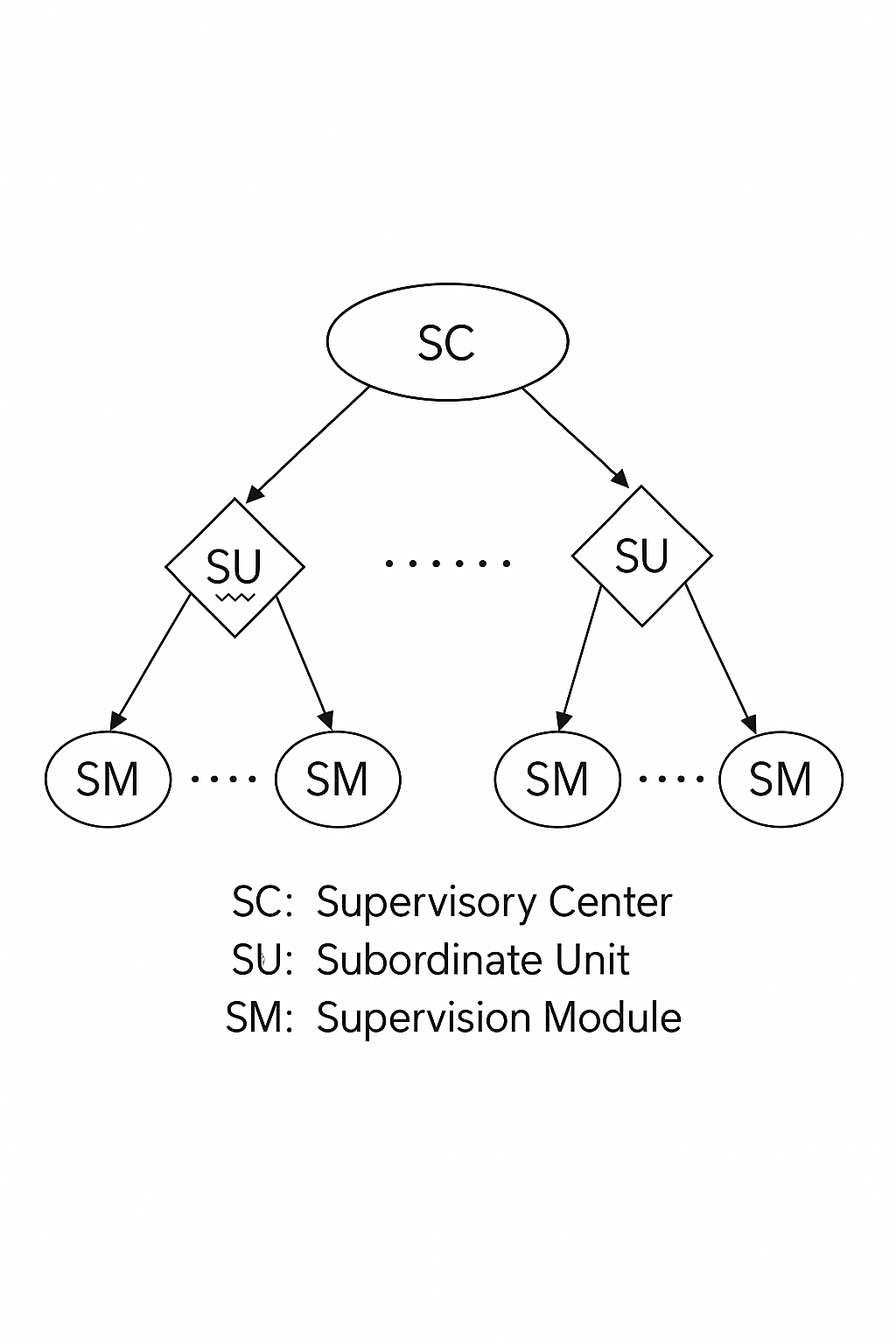
 ALLPCB
ALLPCB


